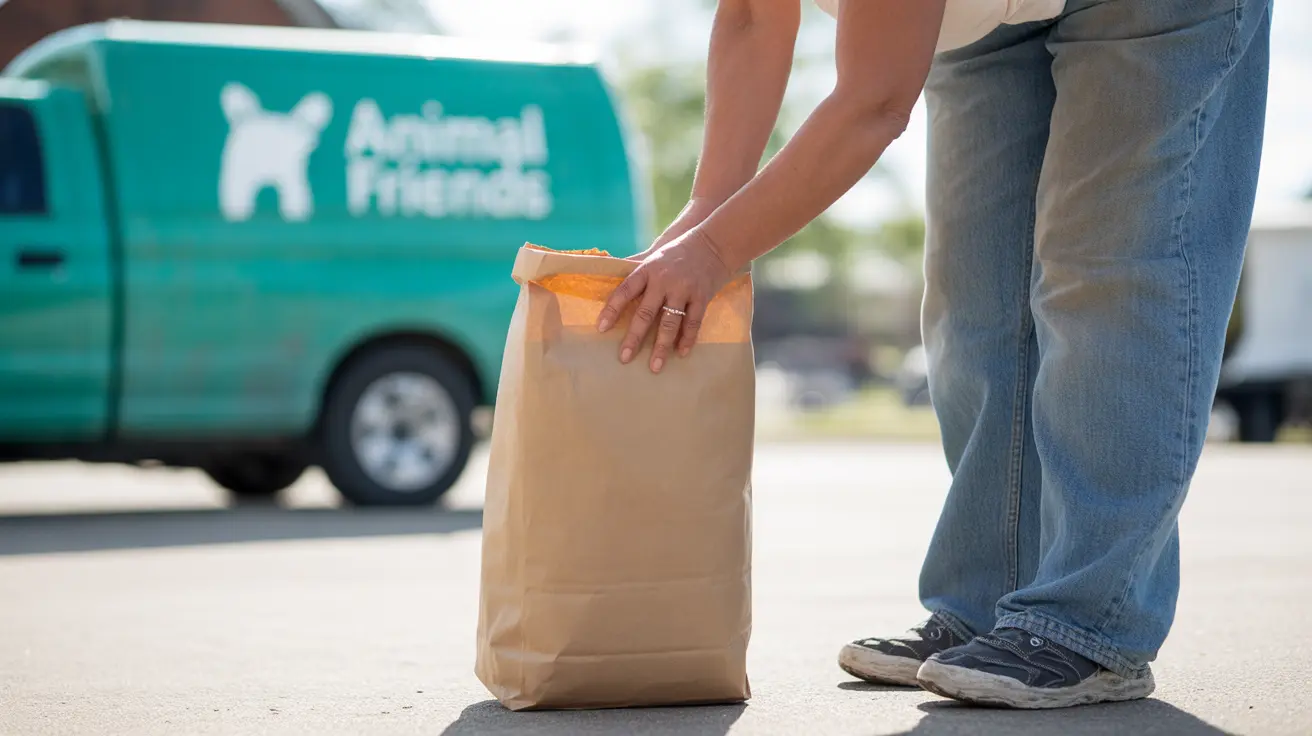How to Talk to Your Child About Losing a Pet
The death of a beloved pet is often a child's first experience with loss. While painful, this moment can also be an opportunity for important life lessons about feelings, healing, and love. Parents play a crucial role in helping their children navigate grief in a healthy and supportive manner.
Understanding Children's Perception of Death by Age
Children’s understanding of death varies by developmental stage:
- Ages 3–5: Often view death as temporary or reversible. Explanations may need repetition. Use clear wording like “died” instead of “went away.”
- Ages 6–8: Begin to grasp death’s permanence but may not see its universality. Reassurance and honesty are crucial.
- Ages 9 and up: Understand that death is final and inevitable. They may ask philosophical or spiritual questions.
Start with Honest, Clear Communication
Use straightforward language in a calm and soothing tone. Explain that death means the pet no longer moves, sees, or breathes, and won’t wake up. Avoid euphemisms like “went to sleep” or “is in a better place,” which can confuse or frighten children.
Tips for delivering the news:
- Choose a quiet, familiar setting.
- Use supportive body language—hold their hand or sit beside them.
- Tell them soon after the event to prevent misinformation or confusion.
Answering Difficult Questions
Children may ask questions such as “Why did my pet die?” or “Will I see them again?” Answer simply, honestly, and within the family’s belief system. If you don’t know the answer, it’s okay to say so.
Common questions include:
- Is it my fault?
- Does it hurt to die?
- Where does the pet go afterward?
Helping Children Express Grief
Children grieve in many ways: crying, drawing pictures, acting out, or even appearing unaffected. Allow them to mourn in their own way. Reassure them that it’s okay to feel sad, angry, or confused.
Supportive actions include:
- Encouraging the child to share memories.
- Modeling appropriate emotional expression.
- Offering hugs, comfort, and time together.
Memorializing the Pet
Help your child honor the pet’s memory with rituals:
- Hold a memorial service.
- Plant a tree or flowers in the pet’s memory.
- Create a photo collage or write stories and poems.
These activities help children find closure and celebrate the joy their pet brought them.
Explaining Euthanasia and Illness
If euthanasia was necessary, explain gently that the pet was suffering, and the vet helped end its pain peacefully. Older children may find comfort in participating or saying goodbye.
Before a sick pet dies, prepare the child by talking about what’s happening, encouraging them to spend time together and to say farewell. This can make the grieving process smoother.
When to Seek Help
Some children struggle more than others. If your child shows signs of intense, prolonged grief—such as nightmares, behavioral changes, or social withdrawal—it may be time to consult a child psychologist or counselor.
Common Mistakes to Avoid
- Being vague: Causes confusion and anxiety.
- Inventing stories: Damages trust if the truth comes out later.
- Avoiding the subject: Sends a message that feelings shouldn’t be discussed.
Six Tips for Talking With Your Child About the Death of a Pet
- Choose the right moment—avoid before bedtime or school.
- Be honest and age-appropriate in your explanation.
- Allow and encourage emotional expression.
- Use helpful books and resources to facilitate discussion.
- Create memorials to honor the pet’s memory.
- Give time before introducing a new pet, unless the child expresses readiness.
Recommended Reading
Reading together can help children process pain and spark meaningful conversations:
- The Dead Bird by Margaret Wise Brown
- Badger’s Parting Gift by Susan Varley
- The Tenth Good Thing About Barney by Judith Viorst
Conclusion
Losing a pet is hard, but it doesn't have to be traumatizing. With compassion, honesty, and support, children can learn to cope with the loss, express their emotions, and remember their cherished friend in a healthy way.





